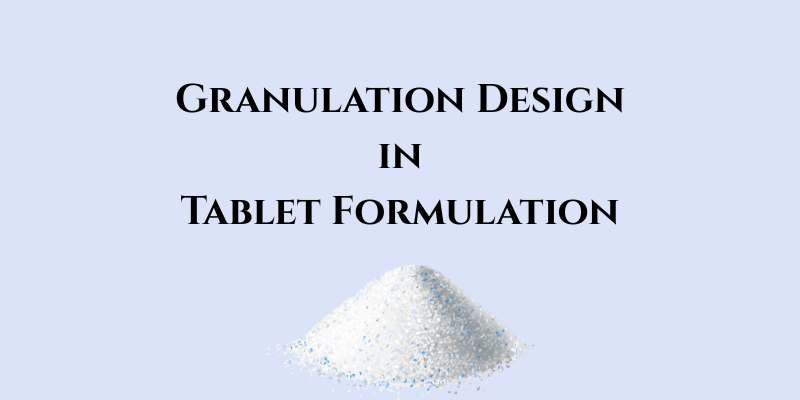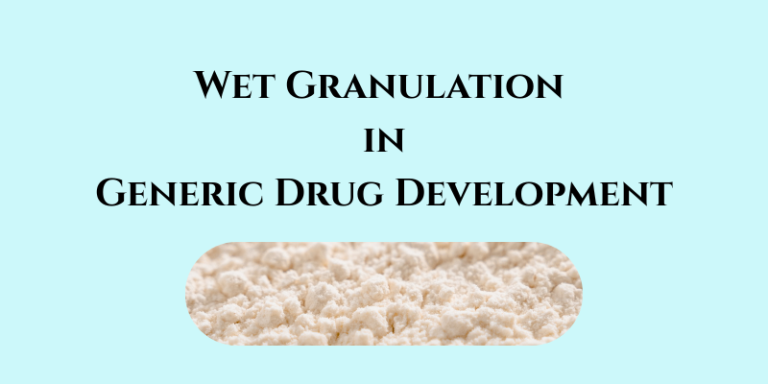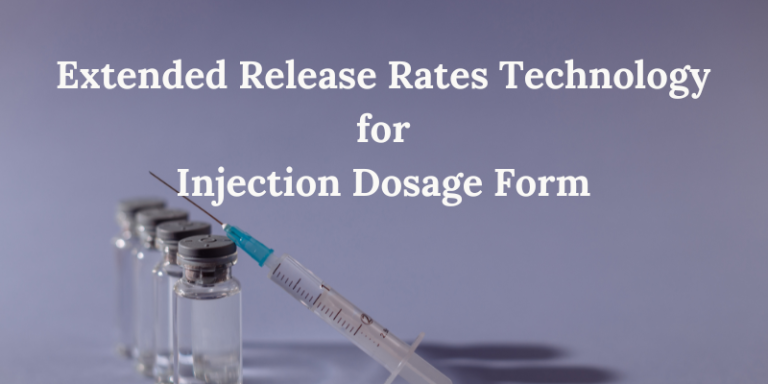Granulation Design in Tablet Formulation
In pharmaceutical R&D, wet granulation is a fundamental process, especially for oral solid dosage forms where flow, compressibility, or uniformity challenges exist. One of the most critical early decisions during formulation development is the choice of granulating solvent—either aqueous or alcoholic—as this directly impacts product stability, impurity levels, granule integrity, and manufacturing scalability.
Below is a structured summary derived from the Handbook of Pharmaceutical Generic Development
1. Key Design Parameters for Wet Granulation: According to standard design principles:
- Tablet weight: 150–980 mg
- Individual weight variation: ±7.5%
- Average weight tolerance: ±5.0%
- Hardness: 8–18 kg
- Thickness: 2.5–8.0 mm
- Friability: <1.0%
- Disintegration time: <15 minutes
- Dissolution: Not Less Than 80% in 45 minutes
2. Alcoholic Granulation – When and Why: Alcohol-based granulation (95%–99.5% alcohol) is selected when:
- The API is moisture-sensitive or undergoes hydrolysis in aqueous media.
- Shorter drying times and improved thermal sensitivity are needed.
- Higher granule density is preferred to reduce porosity and improve flow.
Examples of APIs using alcoholic granulation
Mixed Alcohol/Water Systems:
- Nabumetone: 60% alcohol, 40% water
- Mesalamine: 95% alcohol, 5% water
3. Aqueous Granulation – When It Works Best: Water-based granulation is used when:
- The API is stable in water and drying efficiency is acceptable.
- The formulation allows conventional drying without degradation risk.
- Environmental and cost factors favor water as a solvent.
4. Scientific and Strategic Considerations:
- APIs with >90% drug load may require alcohol-based granulation to ensure uniformity.
- Tapped density and particle size of the API influence solvent choice and equipment suitability.
- Fluidized bed granulation is often preferred for moderate-density granules; high shear for denser ones.
- Residual solvent limits and impurity profile must be evaluated early.
5. Conclusion
Solvent selection is not merely a formulation decision—it is a strategic determinant of product quality, regulatory compliance, and commercial viability. Choosing between aqueous and alcoholic granulation must be guided by:
- API physicochemical properties
- Impurity risks
- Manufacturing equipment compatibility
- Regulatory expectations
This reinforces the principle that deep literature review, structured design, and solvent appropriateness are foundational to achieving “First Time Right” in formulation.
Read also:
- Powder Shape and Their Effect on Tablet Properties
- Wet Granulation Scale-Up Insights for Tablet Manufacturing
- Regulatory Implications of Equipment Change in Pharmaceutical Manufacturing
Resource Person: Moinuddin syed. Ph.D, PMP®







